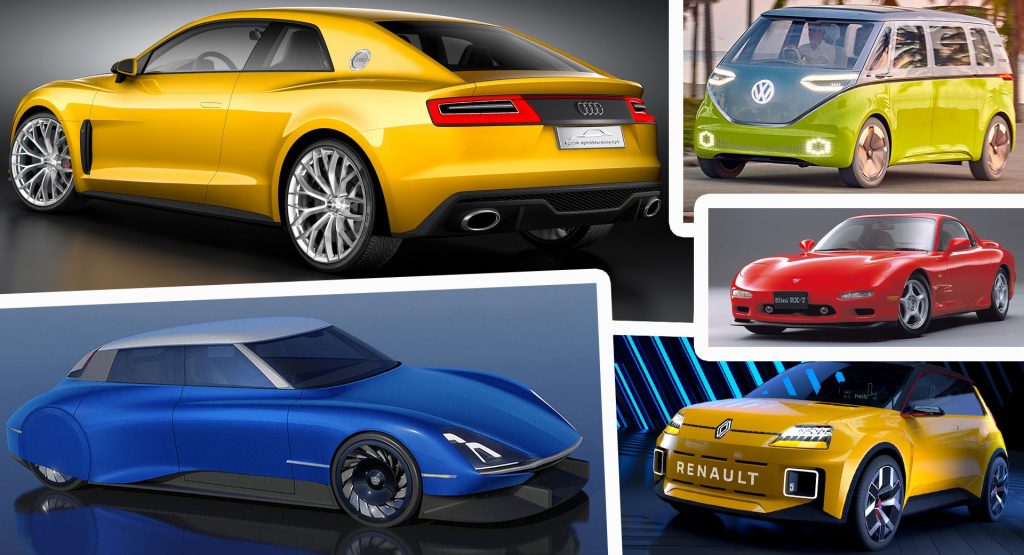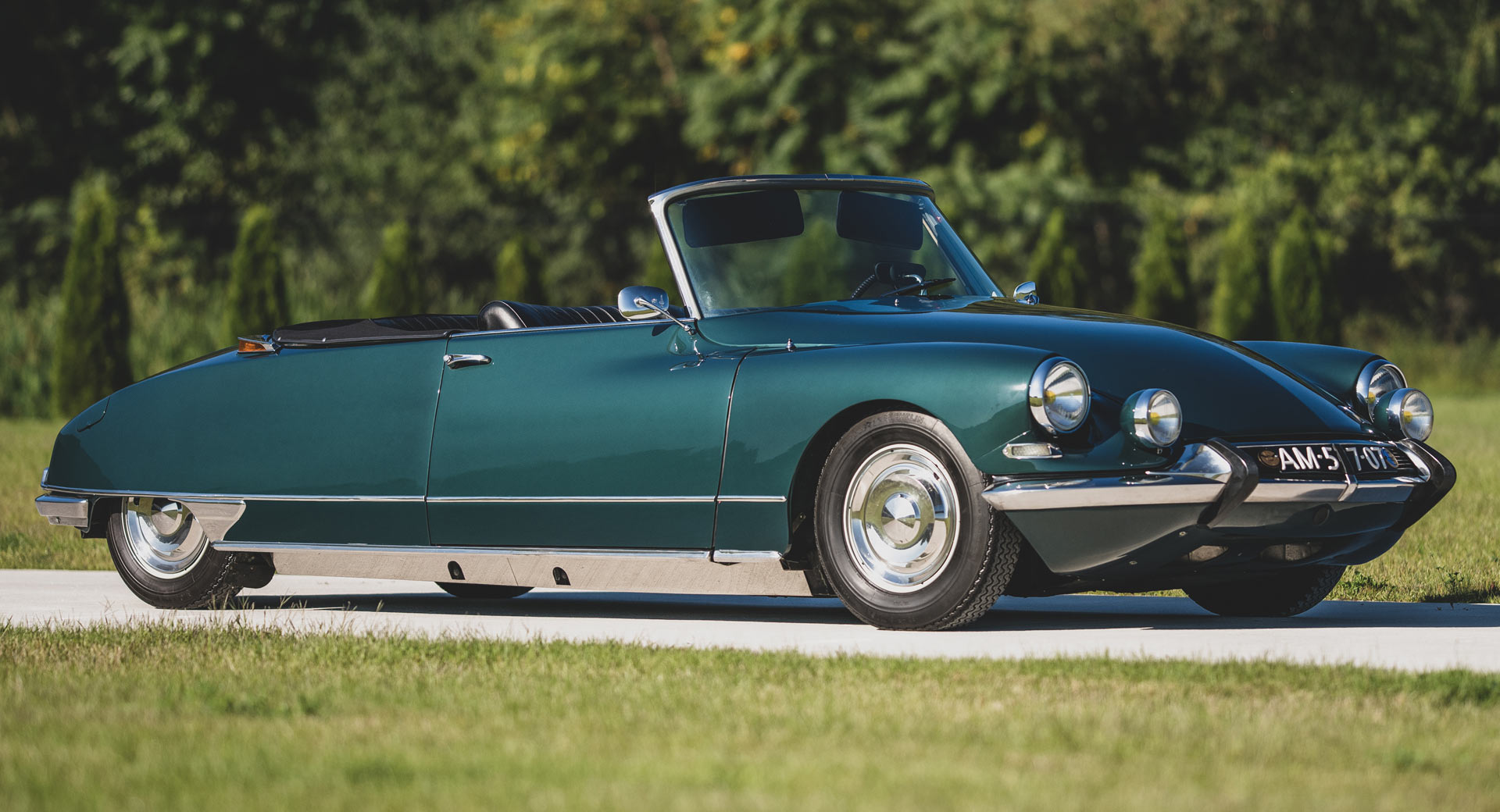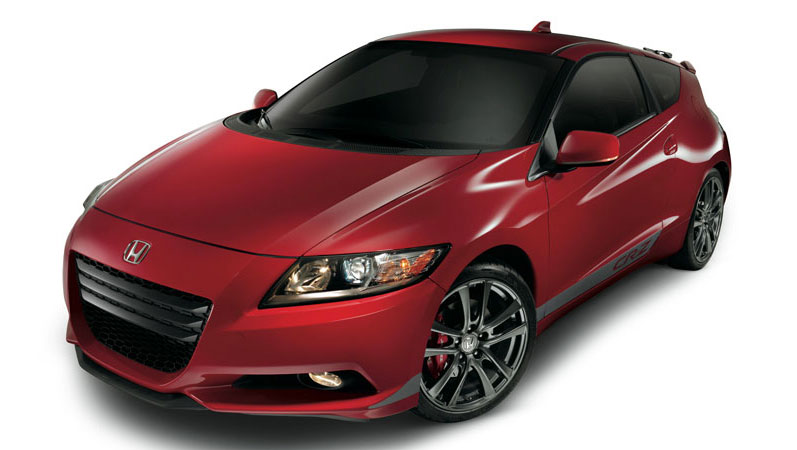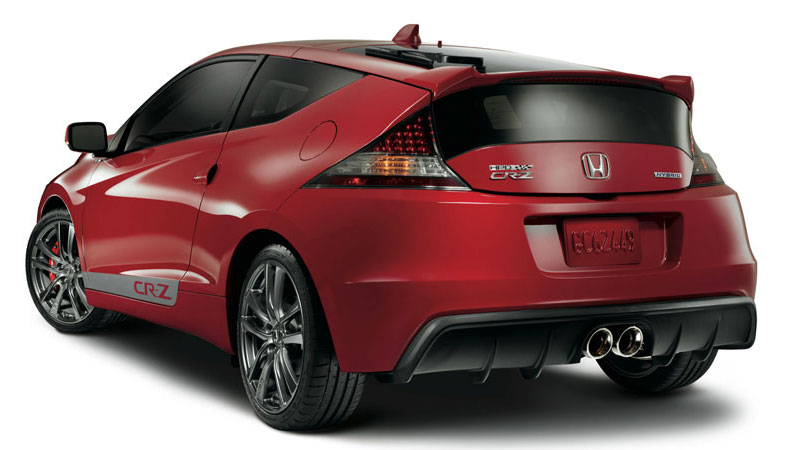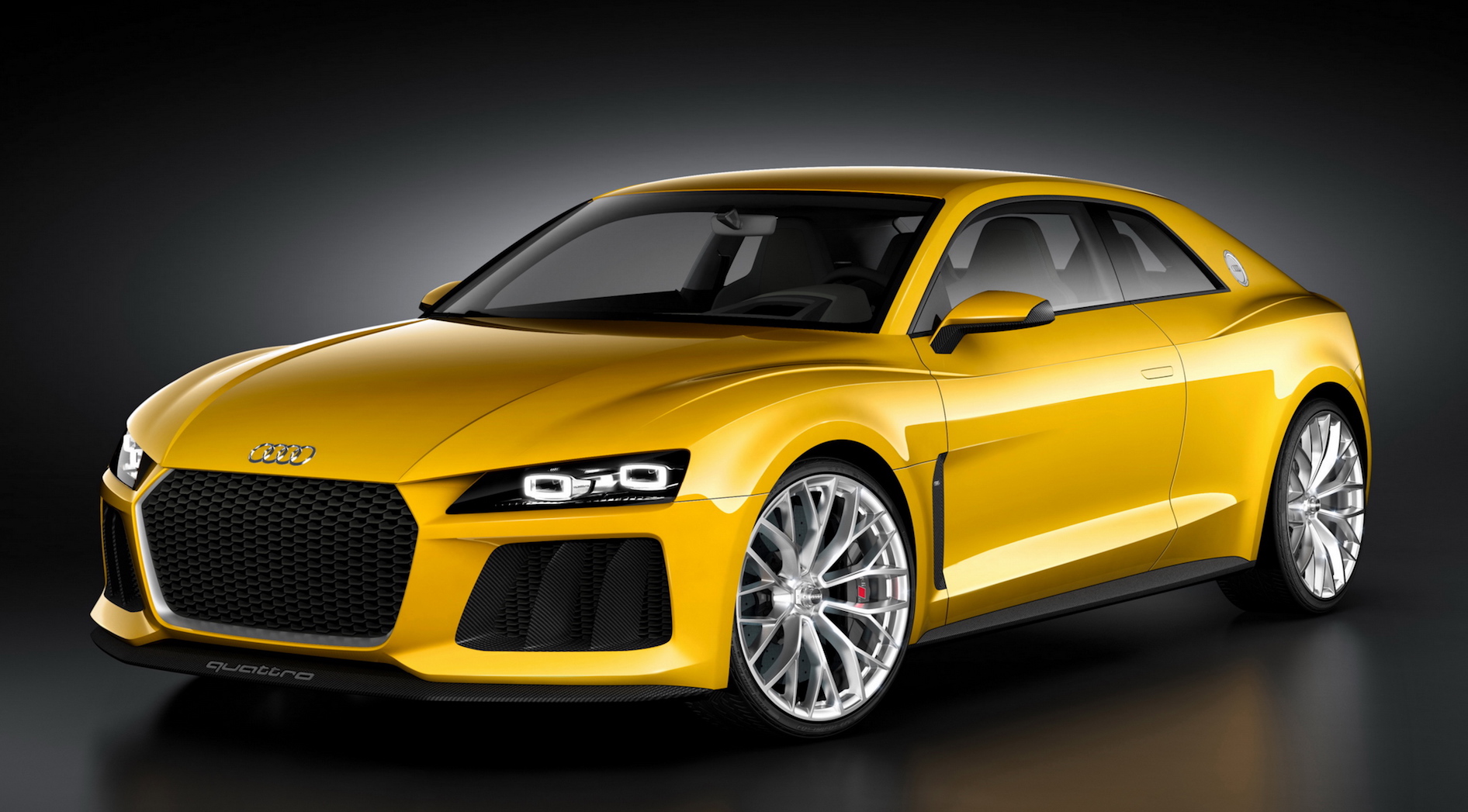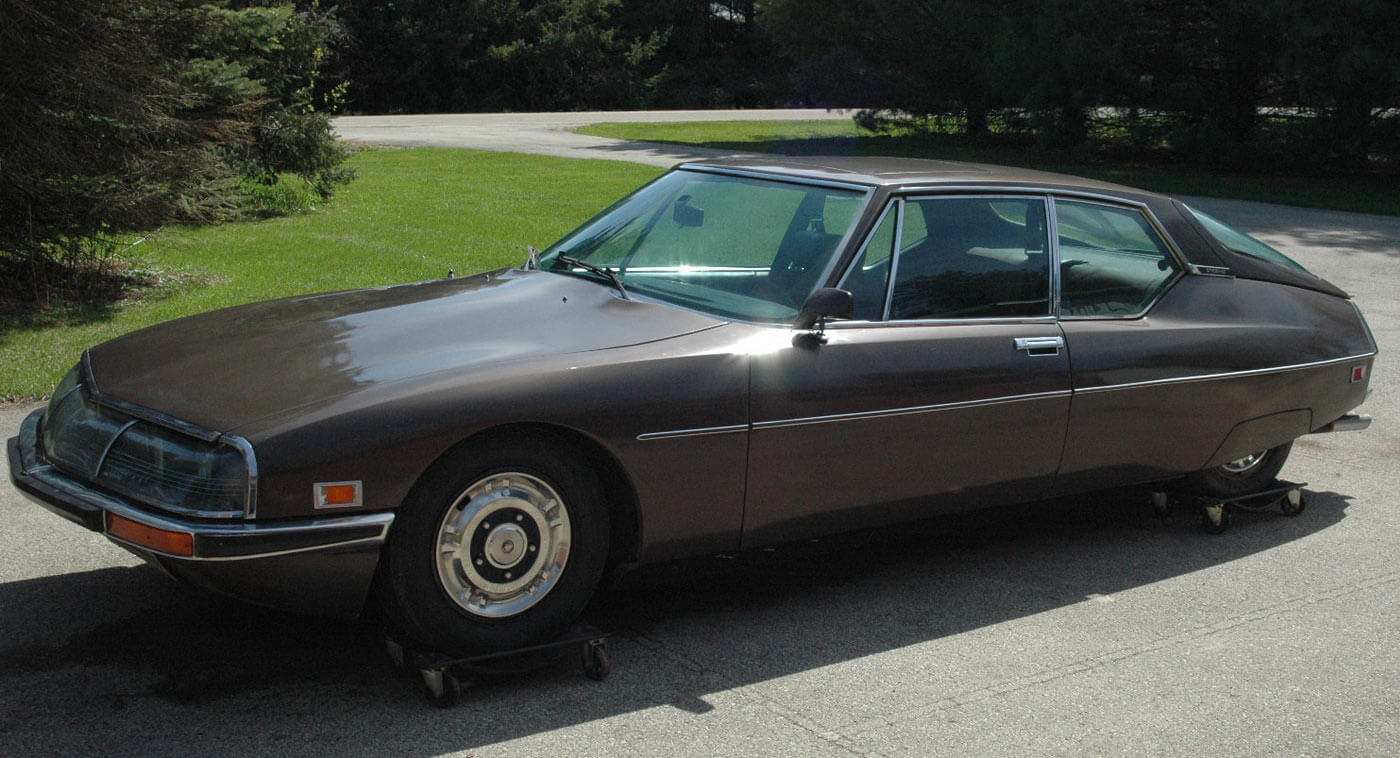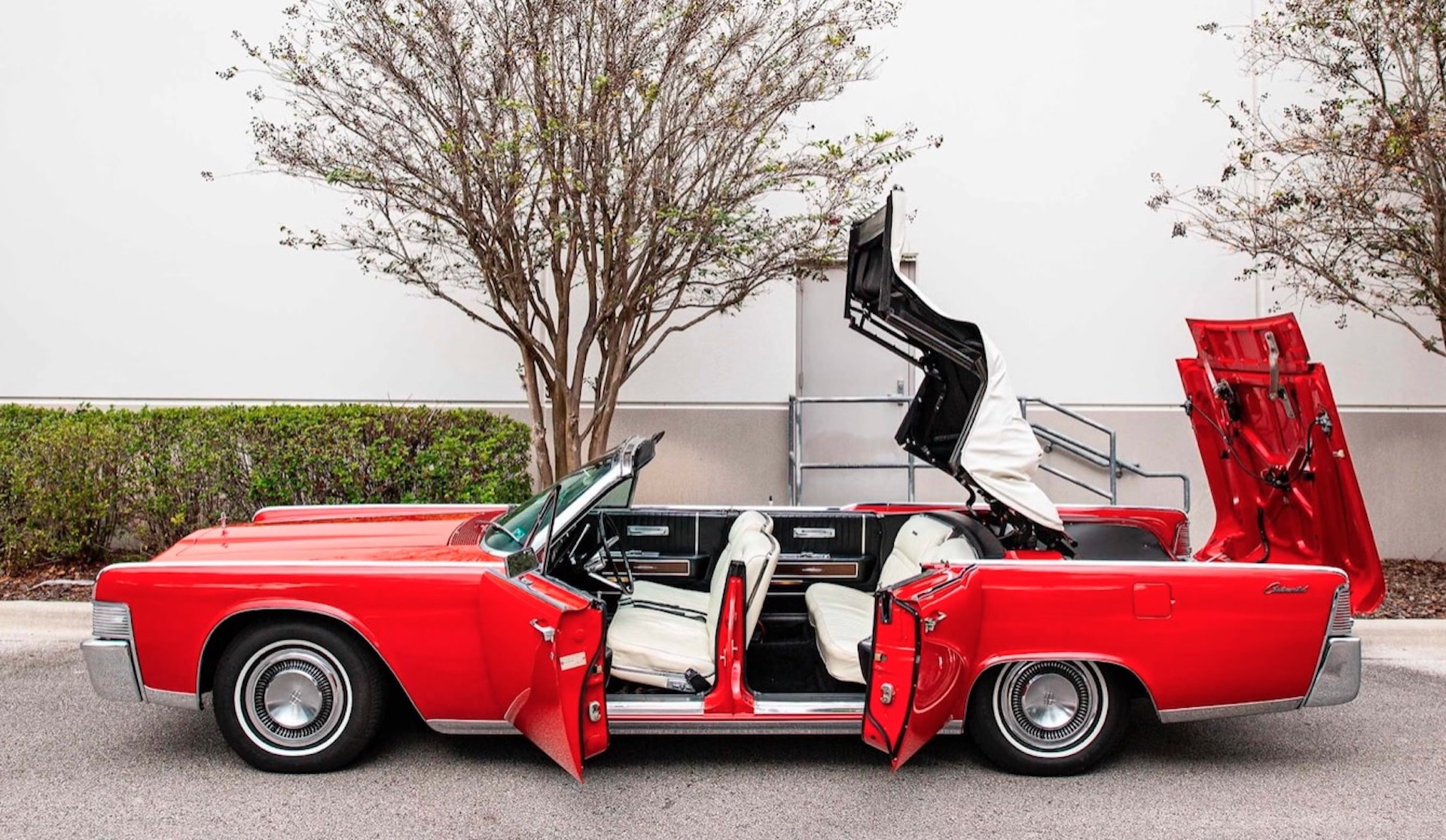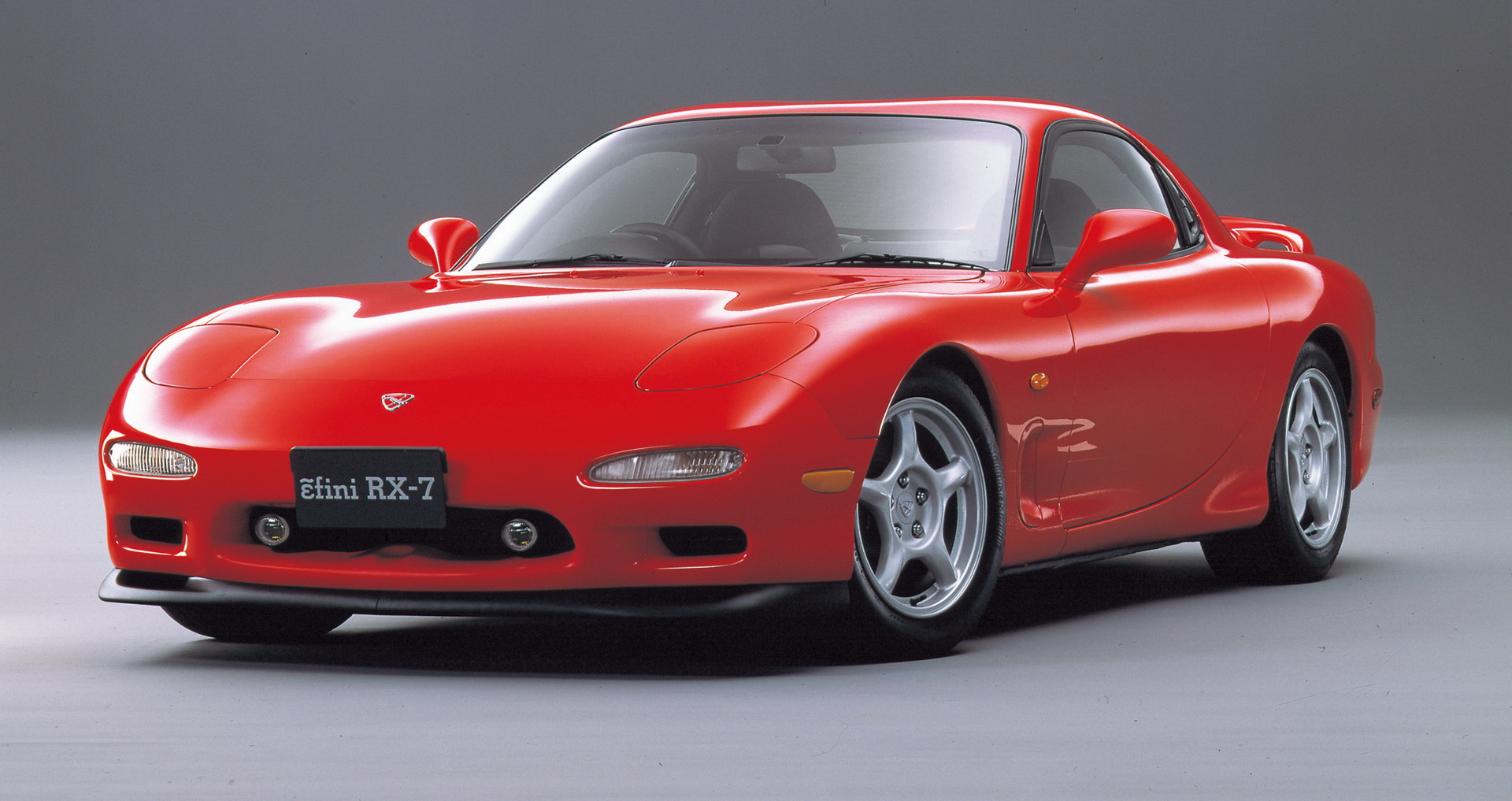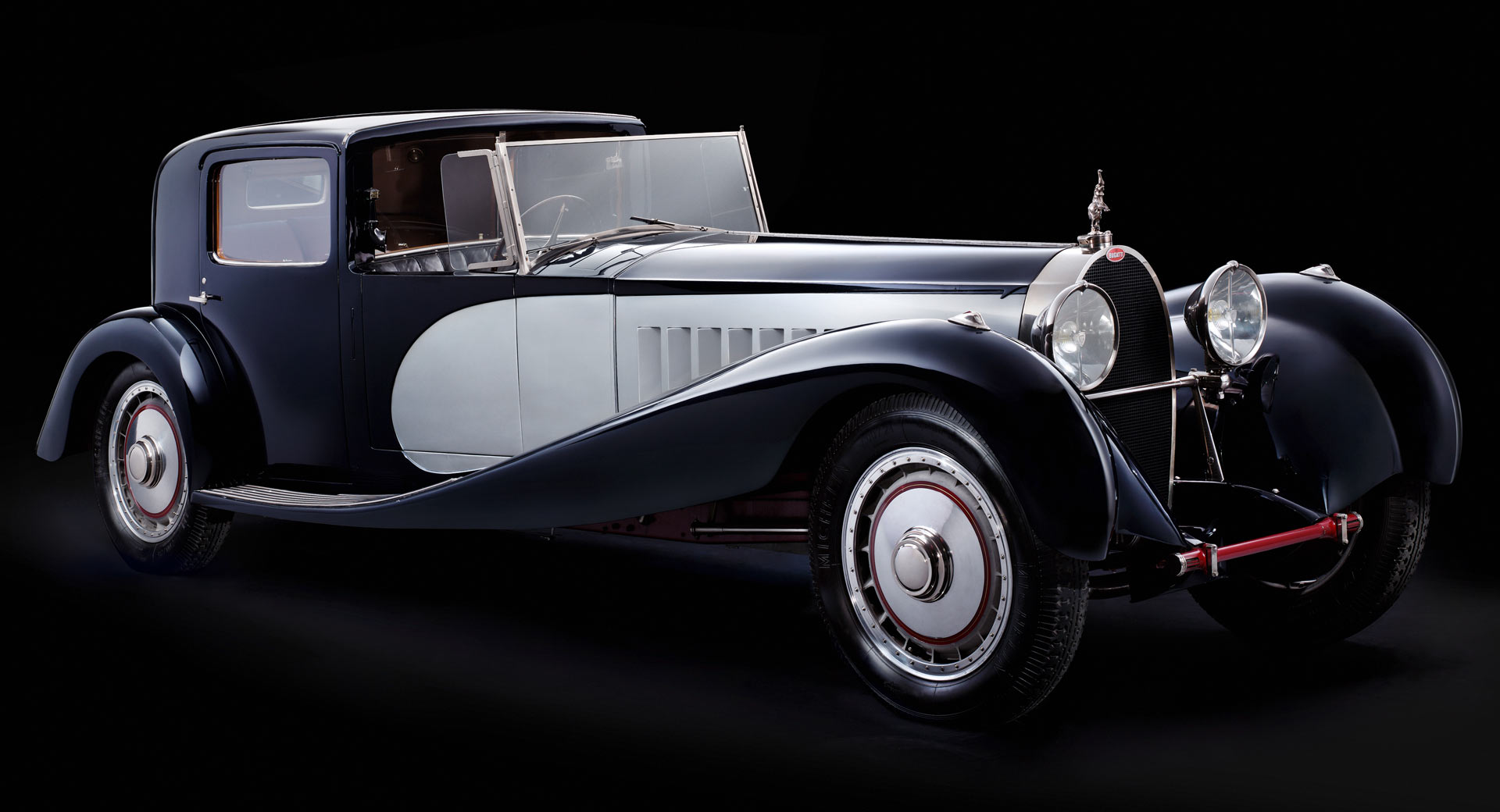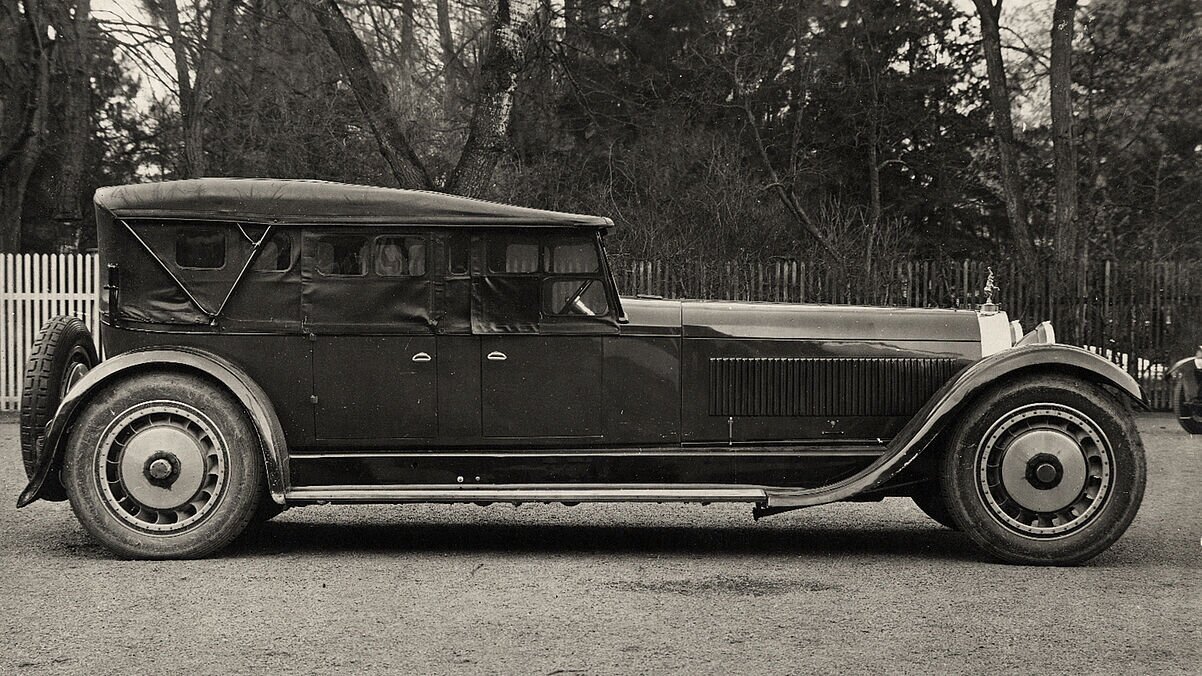Volkswagen has confirmed the ID.Buzz retro microbus for production, Renault’s reborn 5 will be on sale in 2023, and both Fiat’s all new 500 and the Ford Mustang Mach-E are on sale right now. The common thread is that they all have a substantial styling link to famous cars of the past, and they’re all EVs.
There are a couple of things going on here. One is that by re-launching a much loved existing, or classic, car as an EV, a carmaker is bound to generate a stack more column inches than it would if it just created an EV starting with a clean piece of paper.
But just as importantly, linking your new EV to an iconic ICE vehicle helps bring electric refuseniks around, and assuages the fears of traditional, conservative buyers who think contactless payment is the devil’s work, but like the idea of spending less on gas.
Related: VW Confirms ID.Buzz Electric Van Is Coming To America In 2023
So what other cars would you like to see resurrected for the zero-emissions age? To avoid any confusion, we’re not talking about EV-converted restomods here, like the Everrati Porsche 964, although we can think of plenty of candidates for that treatment. In this instance we’re talking about brand new cars that are inspired by, or meant to evoke fond memories of old cars, but come with all the refinement, luxury and convenience expected from any 2022 vehicle.
Here are eight potential candidates for an EV reboot we came up with to get you started:
Citroën DS
We’ll kick things off with the DS because the most famous Citroën of all is absolutely crying out to be remade as an EV. The original was light years ahead of rival cars, expect under the hood. French laws that penalized powerful cars meant it was saddled with a weedy inline four, but the effortless torque and impressive quiet of a modern electric motor would be a perfect fit for the 2024 DS.
Honda CR-Z
Though most of us would have been more likely to buy one if Honda had stuffed a Type R-spec K20 under its hood, the 1.5-liter hybrid CR-Z was an interesting attempt to build a sporty, fuel-efficient coupe for the 2010s. Going full-EV would be the perfect way to update the idea for the 2020s – and it sounds like Honda might be thinking along the same lines.
Audi Quattro
Audi already has a sporty four-door electric coupe in the e-tron GT, but we’d much rather see a mean-looking two-door that referenced the original Quattro, boxy arches and all.
Something like the stillborn 2013 Audi Sport Quattro hybrid pictured here, perhaps. And if Lamborghini is creating a two-door GT from the J1 e-tron/Porsche Taycan platform, why not build a version for Audi, too?
Citroen SM
We’ve already mentioned the DS, but if anything, the Citroën SM coupe is even more worthy of an EV rebirth. This thing looked so futuristic back in 1970, and still does today, that it’s almost a shock to discover it doesn’t run on plutonium.
Lincoln Continental
It seems kind of crazy that the company behind arguably the coolest luxury sedan of all time no longer offers a luxury sedan in North America.
So we vote Lincoln brings back some of the flavor of the legendary ’61-69 Conti, but with humungously powerful electric motors doing the work previously allotted to a filthy 430-cube V8. Plus, with a gigantic battery taking up almost the entire floorpan, there’d be enough structural strength to open all four doors at once on the convertible version without worrying the thing was going to fold in half.
Mazda RX-7
An RX without a rotary? Sacrilege we know, but are the rotary’s trademark characteristics – incredible smoothness and an eery whine – really that different from those of an electric motor? Plus, you won’t have to worry about your rotor tips, and if it’s fitted with a puny 35.5 kWh battery, like Mazda’s new MX-30 is, the woeful range will bring back memories of those endless trips to the gas station in that hideously thirsty tuned FD RX-7 you used to own.
Bugatti Royale
It’s pretty clear to us that the ideal candidates for EV power are luxury-focused cars where the lack of engine noise and character is actually a benefit, rather than a disappointment.
And they don’t come much more luxury-focused than the Bugatti Royale built between 1927 and 1933, which employed a colossal 12.8-liter inline-eight to help move its corpulent 7000-lbs frame. If a new one was anything like as big, it’d need the power of a Rimac Nevera to give it a suitably royal amount of performance. Which might not be too tricky to organize if those rumors about Bugatti and Rimac are true.
What cars would you like to see make an EV-based comeback? Let us know in the comments!








